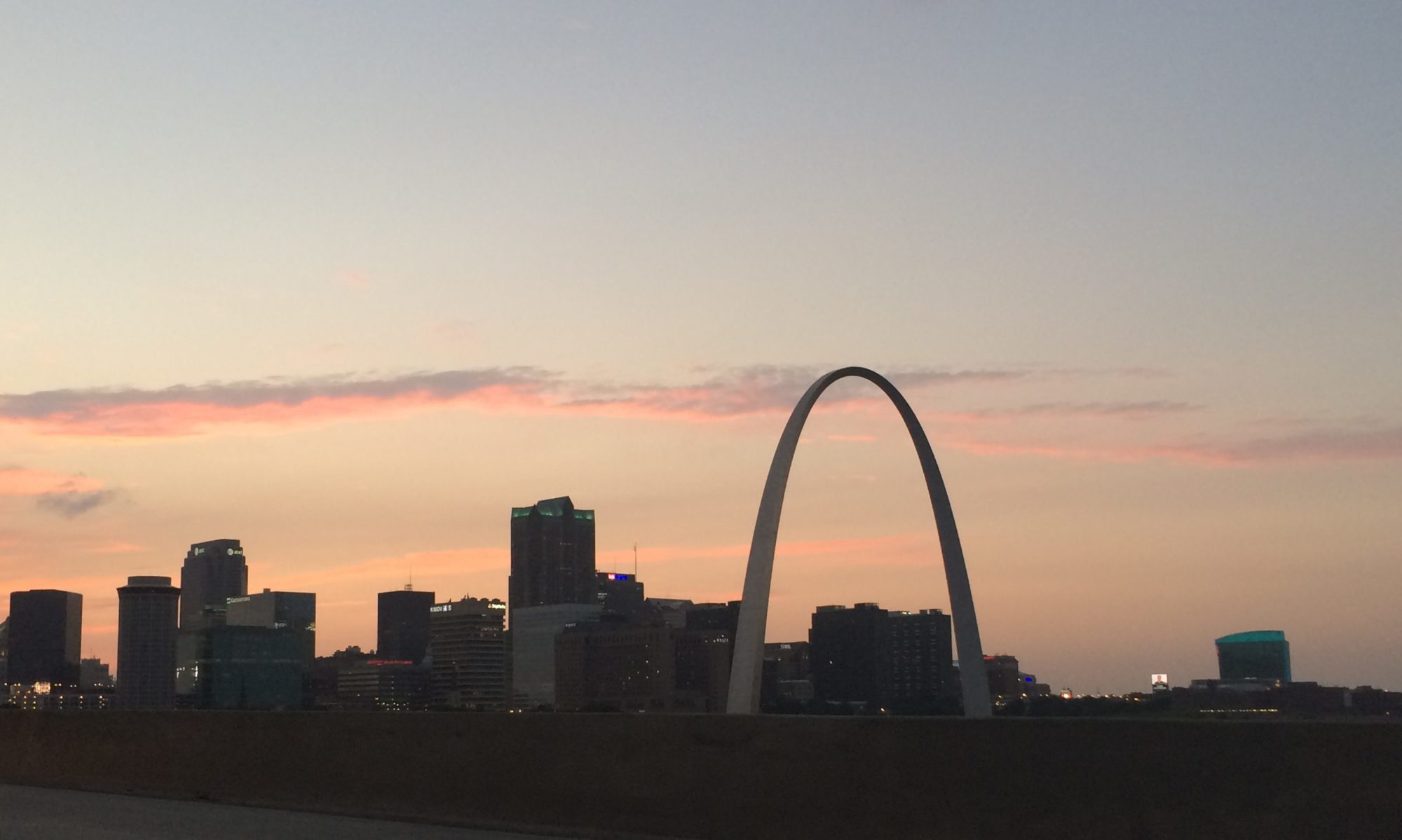
Big City is flourishing. It’s densely populated, full of bright and industrious citizens. It’s also loud, crowded, and expensive. If you look a couple miles to the west of Big City, however, you will find huge plots of vacant land. This land is so cheap, that for the same price you might pay for an average apartment in Big City, you could instead buy some land and build a big fancy house on it, complete with a backyard and a white picket fence. For most of Big City’s history, nobody has wanted to live on this land because it would simply take too long to walk to work every morning. It was way easier to live close to work and deal with the noise and cramped conditions of Big City. But then, Henry Ford invents the automobile! Suddenly, the commute doesn’t seem all that bad. A bunch of people buy cars and take out bank loans, moving their families west to build the house of their dreams on that cheap, vacant land. Out here, they are no longer officially within Big City limits. They decide to name their new enclave “Suburbville.”
Continue reading “The Story of Suburbville and Big City”









You must be logged in to post a comment.